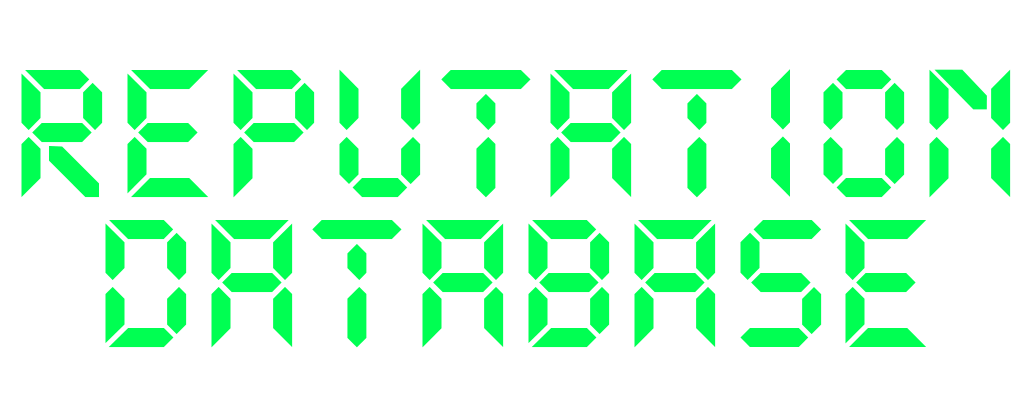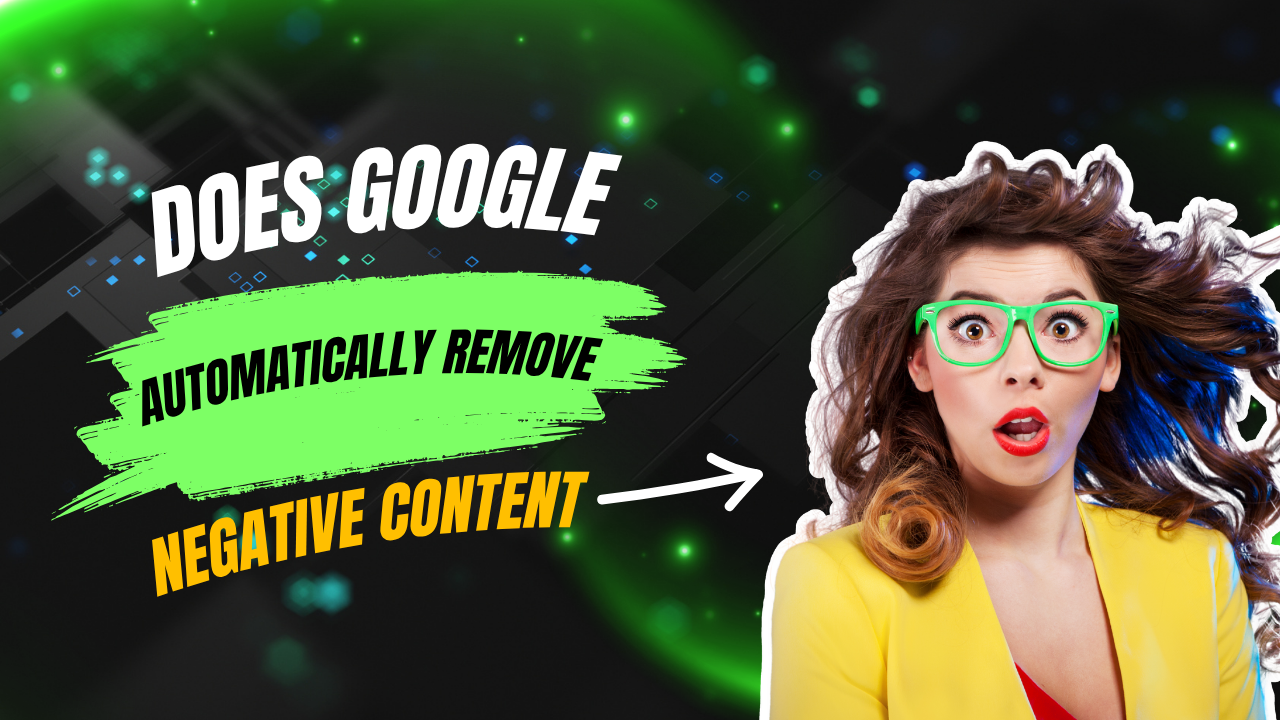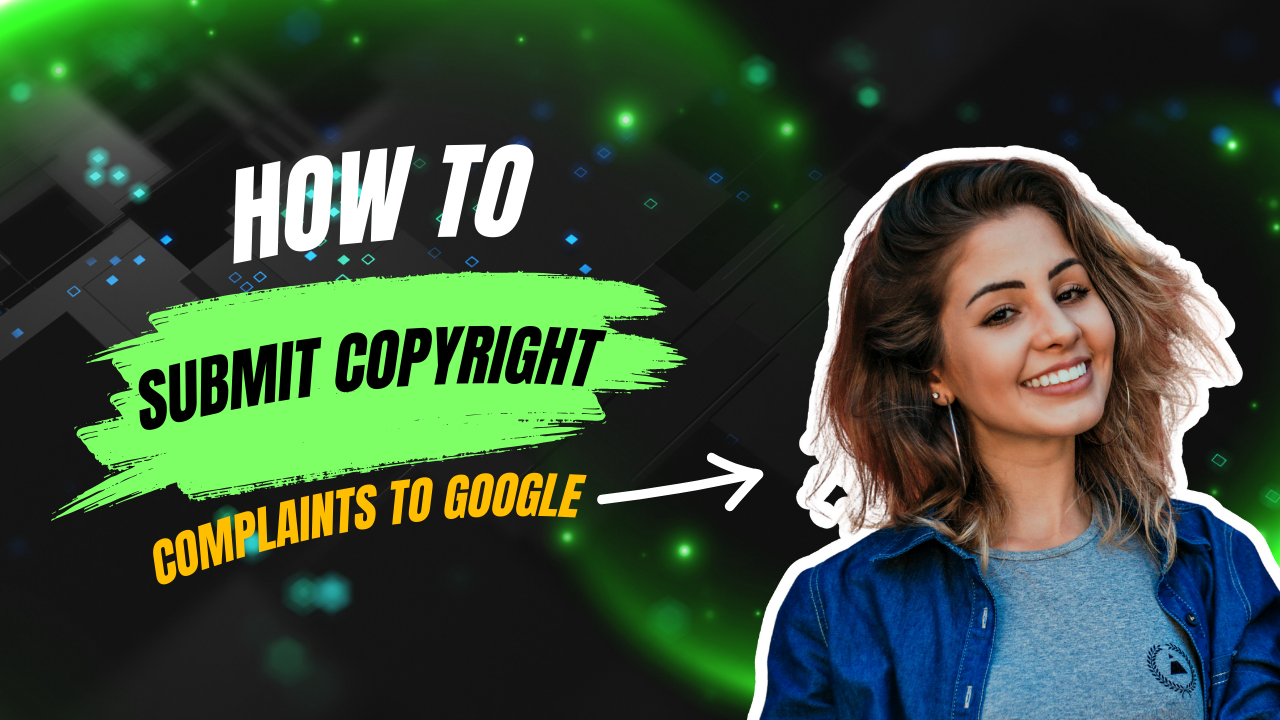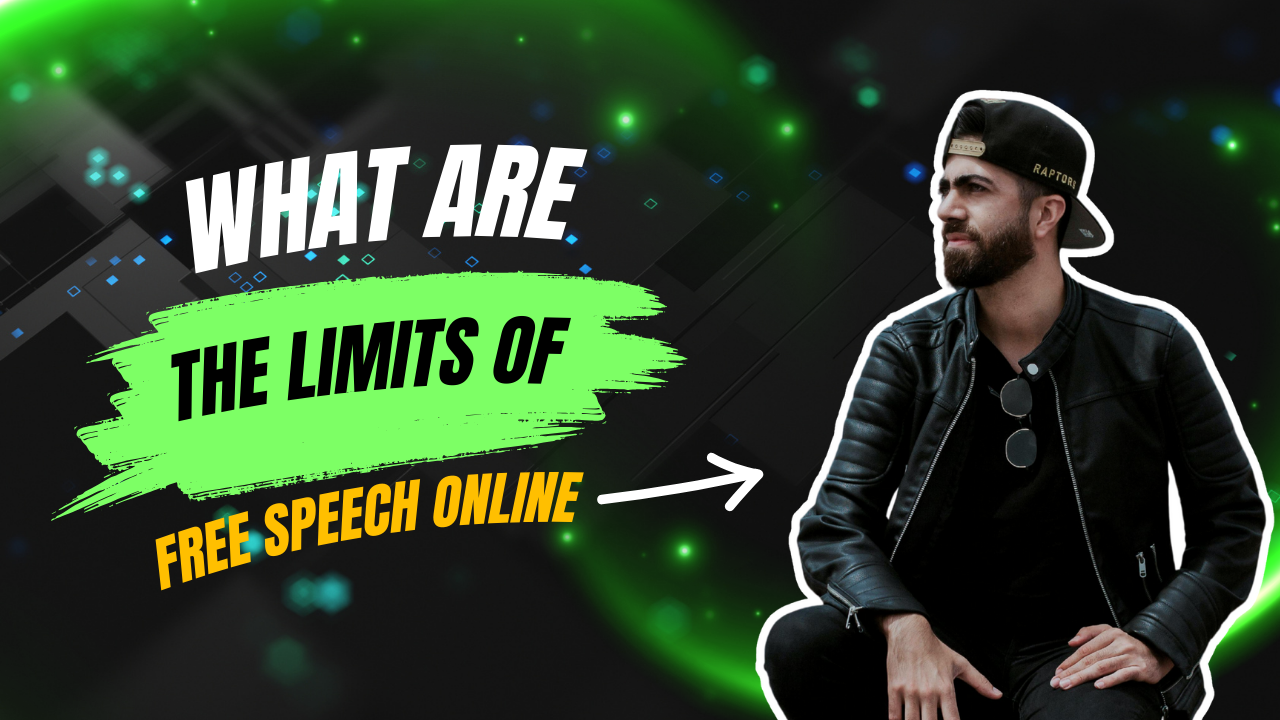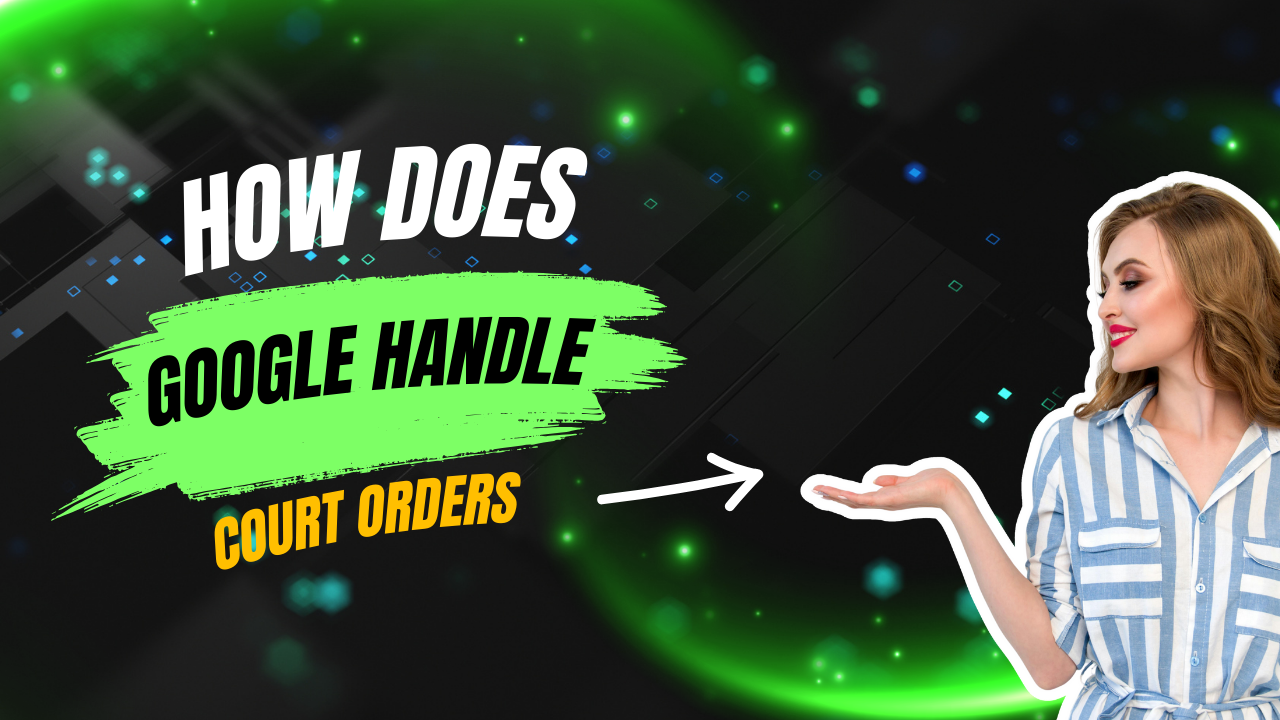Negative content online can feel like a personal attack. But does Google ever take it down on its own?
The short answer: almost never. Google doesn’t actively patrol the web looking for harmful content to remove. Instead, removals only happen when someone files a specific request — and even then, it must meet certain policies.
Let’s break down what that means.
More DB Insights: How to Remove Google Search Results
What Google Will Automatically Remove
There are only a few narrow cases where Google may block or limit content without user action:
1. Malware or phishing pages
If a website is flagged for malware, phishing, or deceptive practices, Google will often block the page from search and warn users. This is more about user safety than content quality.
2. Legal takedowns by government request
In some countries, local laws may require automatic blocking or removal of certain content (like hate speech or copyright violations). These are rare and typically tied to formal legal processes.
3. Child sexual abuse material (CSAM)
Google uses detection tools to block known CSAM from appearing in search. These removals happen without any request — and are mandatory.
What Google Doesn’t Remove Automatically
Just because something is negative, embarrassing, or unfair doesn’t mean Google will step in. For example:
- Bad reviews
- Personal rants or blog posts
- News articles with damaging claims
- Outdated but still live content
Google indexes content based on what’s publicly available. If it’s online and doesn’t break a policy, it stays in the search results — even if it’s harmful to your reputation.
You Have to Take Action
If you want something removed, you need to start the process. Google offers tools to request removal of:
- Personal info like your phone number or home address
Use the Results About You Tool - Outdated or changed content
Use the Remove Outdated Content Tool - Legal violations like revenge porn, defamation, or stolen content
Submit a Legal Removal Request
In most cases, you’ll need to explain how the content violates Google’s policies or show proof that it’s no longer valid.
What If It Doesn’t Qualify?
If Google won’t remove it, suppression is the next best option. This means creating positive content that pushes the negative stuff off the first page of search results.
At ReputationDB, we use both strategies:
- We submit formal removal requests
- We build out high-ranking, positive content to bury what can’t be removed
Final Thoughts
Google won’t clean up your online reputation for you. But you don’t have to live with damaging results either.
If you’re dealing with content that’s hurting your name, ReputationDB can help you explore all your options — from direct takedown to search suppression.
Take back control. Get in touch for a free review of your search results.
